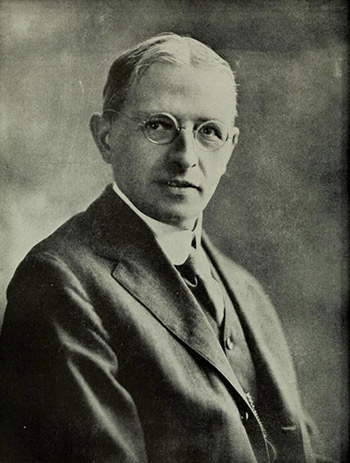
Astronomers have been classifying stars since at least 120 B.C.E., when Greek astronomer Hipparchus classified stars according to how bright they were. In 1666, Isaac Newton found that the light of the Sun could be dispersed into a series of colors, called a spectrum. These measurements give the brightness of light at specific wavelengths. Ever since, astronomers have been analyzing the spectra of stars.
In the 1800s, a major change occurred, one that proved to reveal many unknown aspects of how stars work: astronomers began to find holes in these spectra, fine dark lines scattered in patterns throughout the spectra. Different stars, astronomers soon found, had different patterns of these dark lines in the spectra. Discovering why is one of the great stories of modern astrophysics.
In the 1800s, a major change occurred, one that proved to reveal many unknown aspects of how stars work: astronomers began to find holes in these spectra, fine dark lines scattered in patterns throughout the spectra. Different stars, astronomers soon found, had different patterns of these dark lines in the spectra. Discovering why is one of the great stories of modern astrophysics.
 Sarah Francis Whiting
Sarah Francis Whiting Annie Jump Cannon
Annie Jump Cannon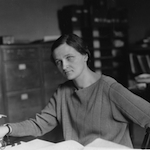 Cecilia Payne-Gaposchkin
Cecilia Payne-Gaposchkin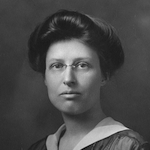 Margaret Harwood
Margaret Harwood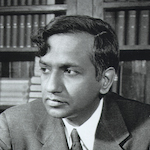 Subrahmanyan Chandrasekhar
Subrahmanyan Chandrasekhar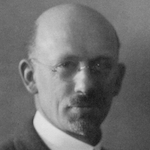 Joel Stebbins
Joel Stebbins Bart Bok
Bart Bok Jan Oort
Jan Oort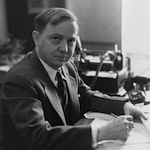 Harlow Shapley
Harlow Shapley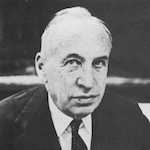 John Hasbrouck Van Vleck
John Hasbrouck Van Vleck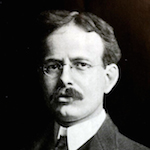 George Hale
George Hale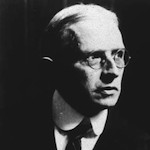 Henry Norris Russel
Henry Norris Russel
